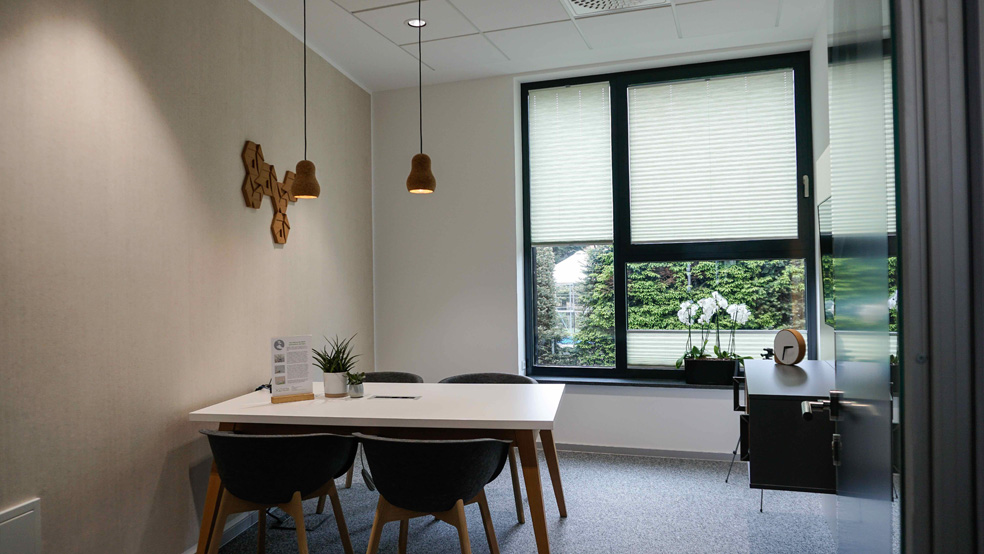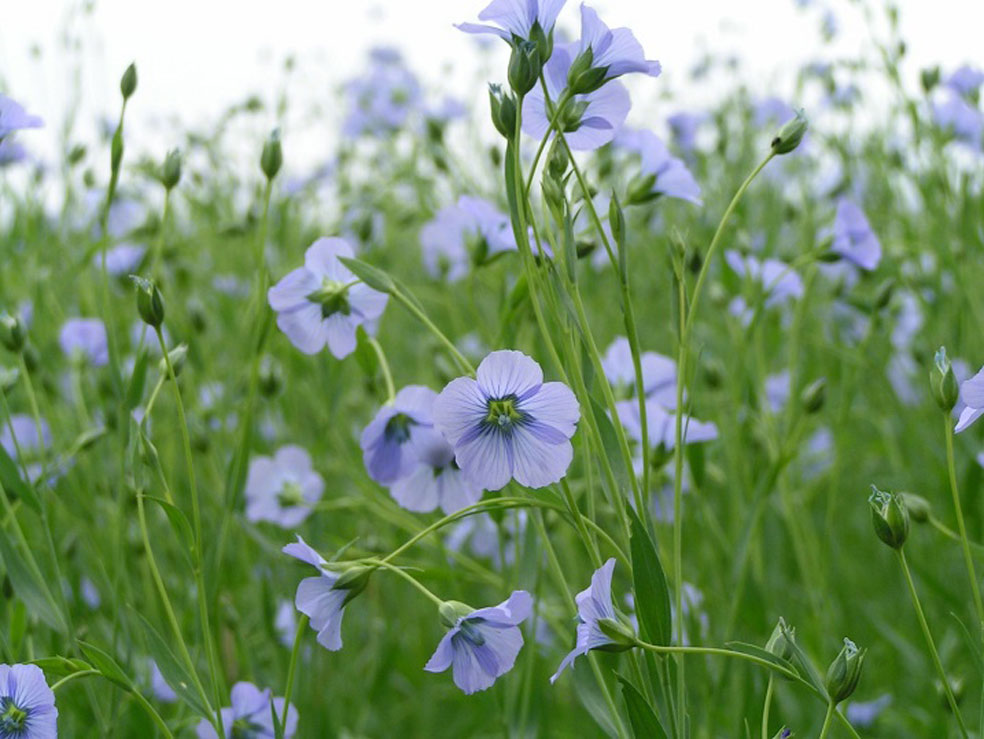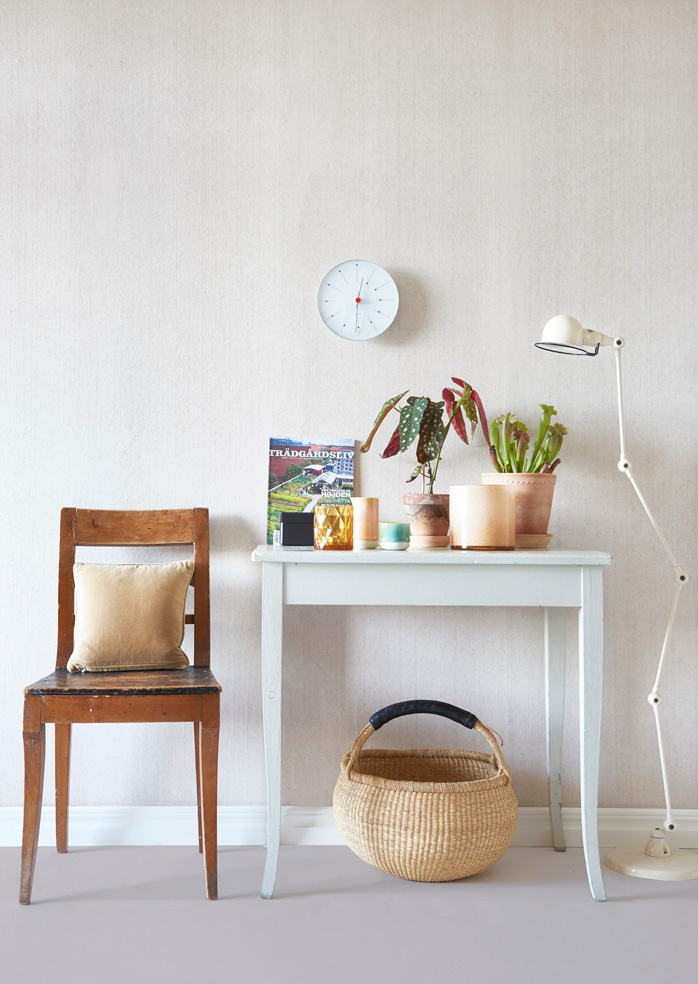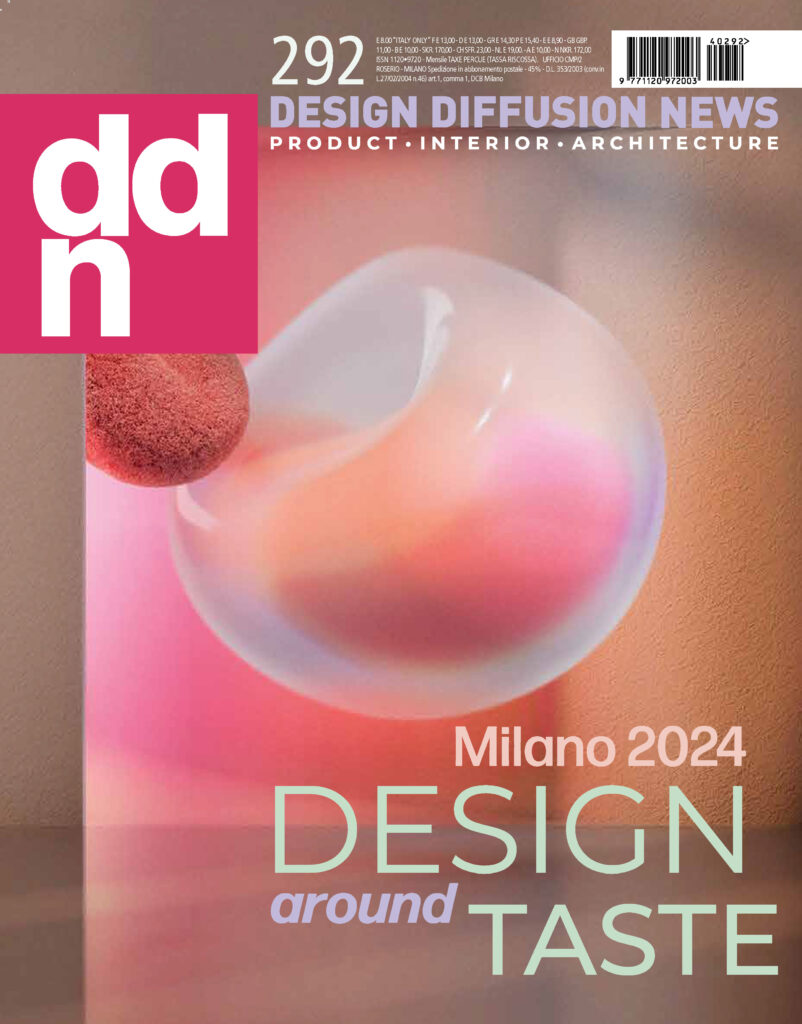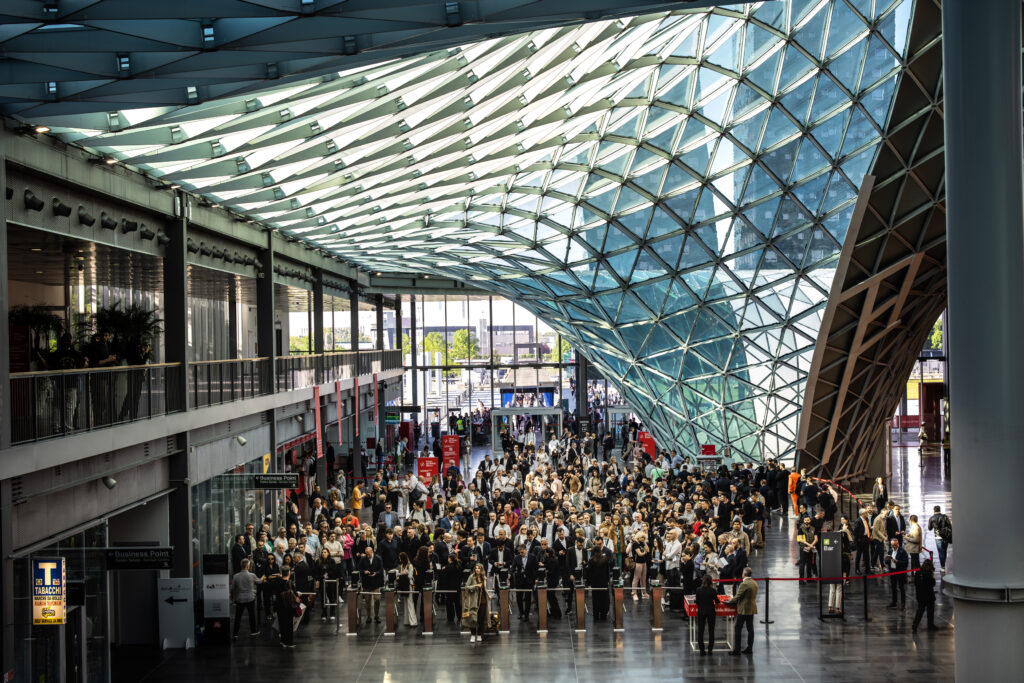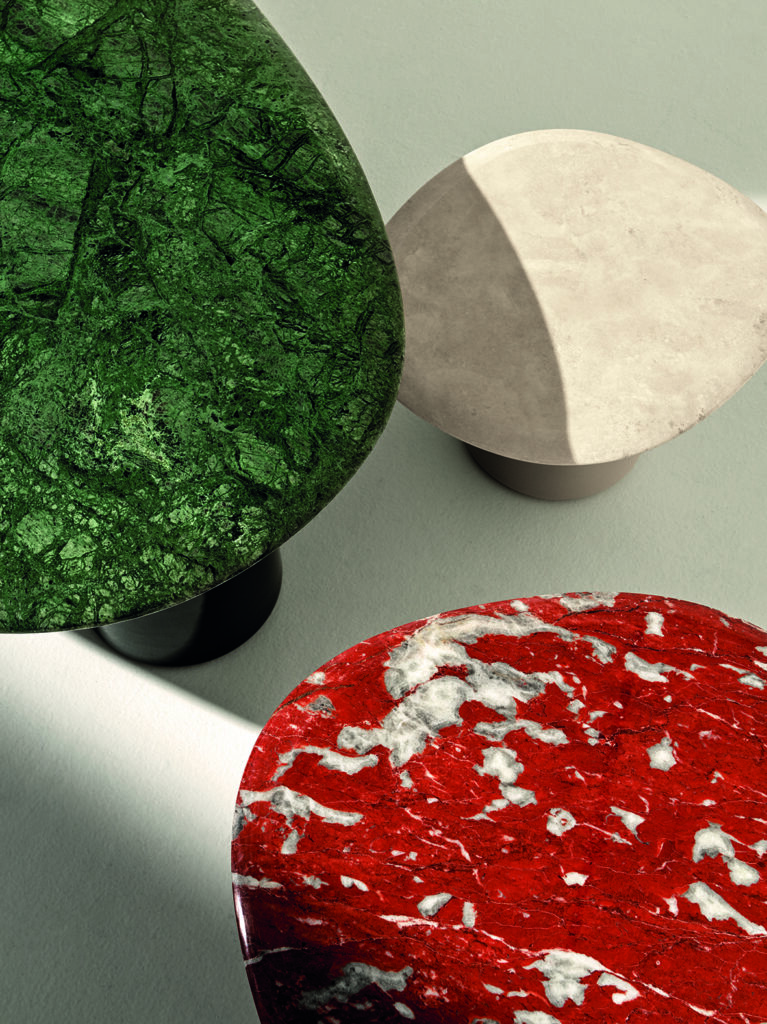The unexpected outbreak of the Covid-19 health emergency has revolutionized our lives and is reshaping the way our societies work. Confined at home, now the whole family finds itself in a limited space, closed all day long in spaces that were used only in the afternoon or on weekends. Remote working, distance learning and the impossibility of going out have turned our homes into the focal point of our daily life, leading us to give more importance to their decoration. In the meantime, nature is reconquering outdoor spaces and we are rediscovering how, without traffic and with closed factories, the air is cleaner and skies are clearer. Many people, therefore, are starting to consider this as an opportunity to make their homes more sustainable and in harmony with nature.
A healthier environment
It is therefore necessary to assess the impact that the materials used in the spaces we live in have on our wellbeing and on the environment. Buying natural carpets and furniture made wood from renewable forests is not enough if we do not think about the way we decorate our walls. Wallpaper is doubtlessly trendy, but, as with most products in our globalized world, questionable offers from low-cost manufacturers have dramatically increased.
Wallpaper produced with fast and dirty industrial processes can release potentially harmful substances into our homes. Moreover, it generally contains a considerable amount of plastic, so it is not recyclable. If we want to change our approach, we need to rethink what we place on the walls of our homes, and sustainable wallpaper is the only viable alternative that allows us to reduce waste by recycling and reusing its elements.
Sustainable wallpaper
The so-called 3 Rs rule, when we talk about an ecological approach to life, has been around for years. The three “Rs” stands for the three verbs Reduce, Reuse, Recycle. It is a clear summary of what needs to be done to achieve a better balance between our personal needs and the need to reduce one’s ecological footprint, and should be applied to every aspect of our life. Choosing a compostable wallpaper is an excellent starting point.
The first essential thing to do when considering an ecological wallpaper is to understand the origins of its materials, which must be natural and ecological. Therefore, one of the first things to look for is the FSC certification, short for “Forest Stewardship Council”. This label is famous for its authority and guarantees that wood has been produced responsibly and that every material contained in the product has been obtained in an ecological and sustainable way.
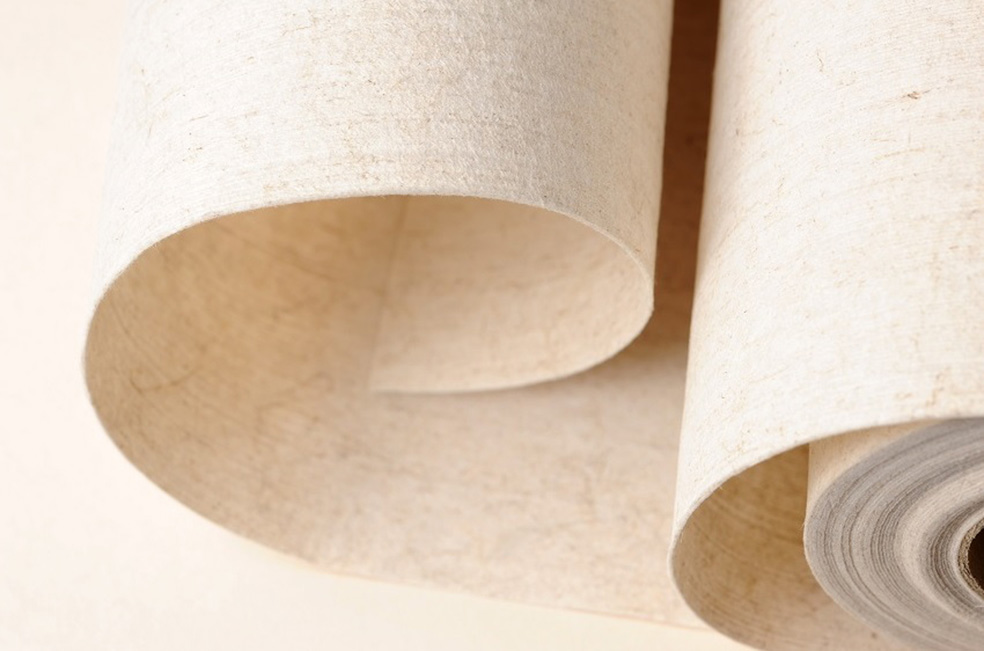
Why are we talking about wood? Because, being less harmful to the environment, longer lasting and more resistant, natural fibers provide the basis for sustainable wallpaper. Materials such as linen, bamboo or cotton are more breathable than artificial fibers and can be used in every room of the house.
However, until recent times it was almost impossible to get ecological wallpaper that was really compostable. The production process required to bind the natural material together generally requires synthetic glues, making the product not suitable for the compost basket at the end of its lifecycle.
Flax fiber for wallpaper: ecological and compostable
Luckily enough, this situation has recently changed, thanks to the introduction of several products in this segment that, for the first time, can be really defined as compostable. The first was created by a small German wallpaper manufacturer that launched Veruso Lino, the first fully compostable wallpaper. Veruso Lino is mainly composed of flax fibers, one of the oldest fiber plants cultivated by men, environmentally sustainable. This plant requires very little water, which is why it is often used in regenerative agriculture. The flax fibers of Veruso Lino come from Normandy, famous for its landscape characterized by blue flax flowers.
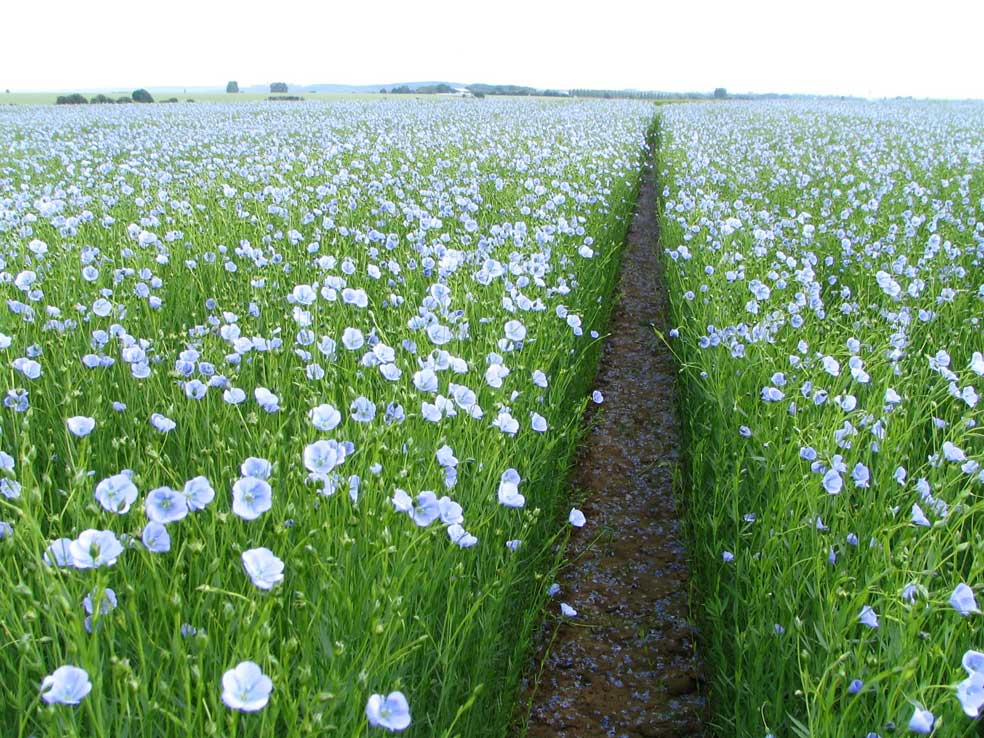
What are the benefits of compostable wallpaper?
In addition to its ecological value, this wallpaper offers many other benefits since it is anti-static, dirt repellent and antibacterial by nature. Unlike industrial wallpaper, Veruso Lino is not colored as the dye would make it non-recyclable. It is characterized by a beautiful natural beige shade that gives its best under an indirect light source. Therefore, it is important to think about lighting when we decide to redecorate. Needless to say, ecological wallpaper is laid with an ecological wallpaper paste, otherwise it would not be compostable any longer. For this reason, you should combine it with a suitable glue.







